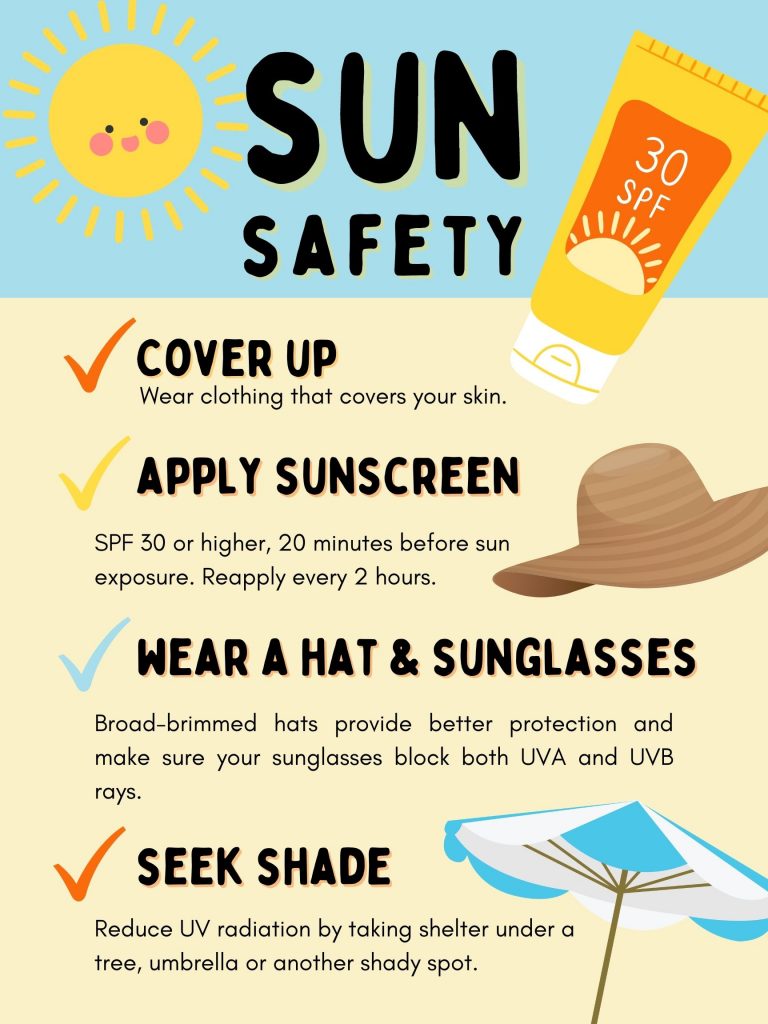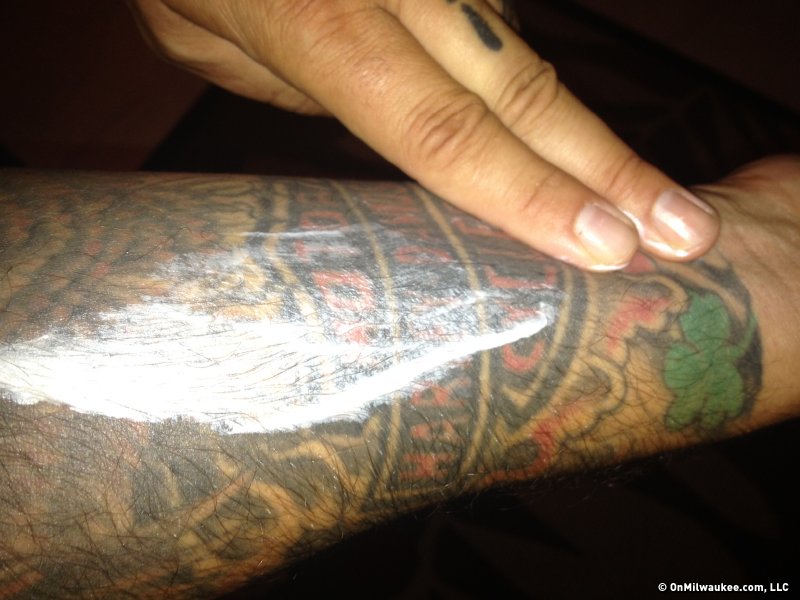
Okay, let’s dive into the wild world of double exposure wolf tattoo ideas!
Ever feel like you’re searching for the perfect tattoo, something that screams "you," but everything feels… generic?
I get it.
You want something unique, right?
Something that tells a story without you having to say a word.
Maybe you’re drawn to the powerful symbolism of the wolf.
Maybe you’re also digging the cool, artsy vibe of double exposure.
But how do you combine them?
What even are the possibilities?
Let’s break down everything you need to know about double exposure wolf tattoo ideas.
Decoding the Double Exposure Wolf Tattoo
So, what is a double exposure tattoo?
Think of it like layering two images on top of each other.
Remember those old school photography tricks?
It’s that, but permanently inked on your skin!
With a wolf, it usually involves blending the wolf’s silhouette with something else meaningful.
Why Choose a Double Exposure Wolf Tattoo?
Why not choose one?
Seriously, they’re awesome.
- Uniqueness: No two are exactly alike. It’s a custom piece of art.
- Symbolism: You can pack a ton of meaning into one design. Think nature, family, spirituality, or personal growth.
- Visual Appeal: They just look cool! The layered effect creates depth and intrigue.
- Conversation Starter: Guaranteed to get people asking about it.
Unleashing Your Inner Artist: Double Exposure Wolf Tattoo Ideas
Okay, let’s get to the good stuff!
Here are some ideas to spark your imagination:
Nature-Inspired Wolf Tattoos
- Wolf and Forest: Classic, powerful, and timeless. Think a wolf silhouette filled with a dense forest scene.
- Wolf and Mountains: Represents strength, resilience, and overcoming challenges.
- Wolf and Moon: A symbol of intuition, mystery, and the feminine divine.
- Wolf and Constellations: Connects the wolf to the cosmos, representing destiny and guidance.
Symbolic Wolf Tattoos
- Wolf and Family Tree: Represents loyalty, pack mentality, and heritage.
- Wolf and Compass: Symbolizes direction, purpose, and finding your way.
- Wolf and Geometric Shapes: Adds a modern, abstract touch.
- Wolf and Floral Design: A softer, more feminine take on the wolf.
Personal Meaning in Your Wolf Tattoo
This is where you get really creative.
What’s important to you?
Think about your hobbies, passions, or beliefs.
- Example: A musician might blend a wolf with musical notes.
- Example: A writer might blend a wolf with a book or pen.
- Example: A traveler might blend a wolf with a map.
I once met someone who had a double exposure wolf tattoo with the silhouette filled with a cityscape.
He was a software engineer who felt a deep connection to the wilderness, and the tattoo represented the balance he sought between his tech job and his love for nature.
Pretty cool, right?
Design Considerations for Your Wolf Tattoo
- Placement: Where do you want it? Arm, back, leg, chest? Consider the size and shape of the design.
- Size: How big do you want it? A small, subtle design or a large, statement piece?
- Color vs. Black and Gray: Both can look amazing. Black and gray is classic and timeless, while color can add vibrancy and depth.
- Artist Selection: This is crucial. Find an artist who specializes in double exposure tattoos and has a portfolio you love. Don’t settle!
Finding the Right Tattoo Artist
Seriously, do your research.
- Check portfolios: Look for examples of double exposure tattoos and wolf tattoos specifically.
- Read reviews: See what other clients have to say about their experience.
- Consultation: Meet with the artist to discuss your ideas and get their feedback.
- Trust your gut: Choose an artist you feel comfortable with and who understands your vision.
FAQ: Double Exposure Wolf Tattoos
- How much do double exposure wolf tattoos cost? It depends on the size, complexity, and the artist’s rates. Expect to pay more than a simple tattoo.
- Do double exposure wolf tattoos hurt more? Pain tolerance varies, but generally, it’s similar to other tattoos.
- How long do double exposure wolf tattoos take to heal? Typically 2-4 weeks with proper aftercare.
- Can I combine different styles in my double exposure wolf tattoo? Absolutely! That’s part of what makes them so unique.
Ultimately, the best double exposure wolf tattoo ideas are the ones that resonate with you on a personal level. Don’t be afraid to get creative and work with your artist to create a truly unique piece of art.








